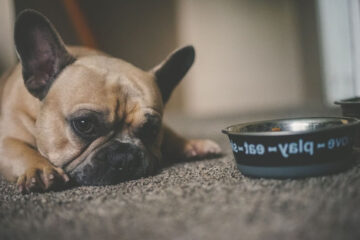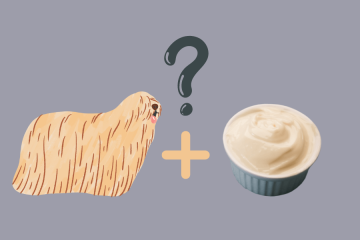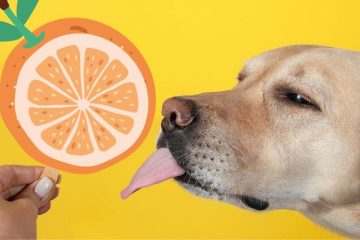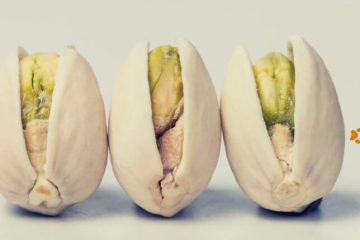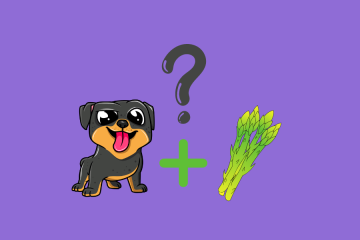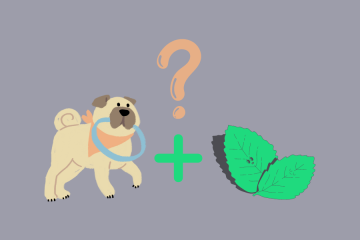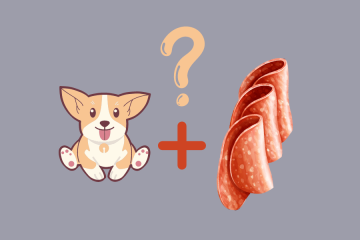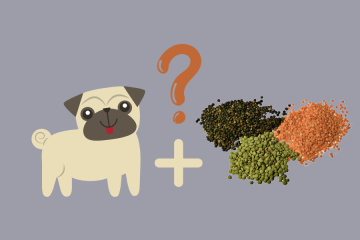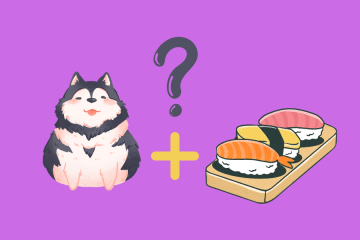Can dogs eat peas? Easy-peasy! Of course, they can! My little Bobby loves to munch on cooked peas as we learn tricks. But I understand if you feel hesitant. After all, you wouldn’t want to feed your canine friend something that may hurt him. And I’ve got you covered! Today we will discuss peas for dogs at length.
Key Takeaways
- Dogs can eat peas ✔️
- Peas contain vitamins B, C, K, a lot of fiber and protein ✔️
- Most forms of peas are safe for dogs ✔️
- Too many peas can cause some gastrointestinal problems ⚠️
Can Dogs Eat Peas? Dog Food for Thought

Peas are an excellent treat for your pup, loaded with vitamins and minerals to keep them healthy. With antioxidants on board, these snacks provide a powerful nutritional punch without sacrificing flavor – after all, dogs love ’em just as much as we do!
It’s simple to feed your dog peas; choose between pea and beef stew or the classic frozen (or fresh) option. And don’t worry – thanks to their low glycemic index, these veggies won’t spike Fido’s blood sugar levels while providing essential nourishment.
So, can dogs eat peas? Go ahead and hand them those peas and carrots! And can dogs eat pea pods? Yes, but you should always keep an eye on him as he scoffs those garden pods away! He might choke on the skin.
How Are Peas Good For Dogs?
Peas can be beneficial for dogs in many ways. They’re an amazing and nutritious superfood for your pup! Not only can they help improve digestion, kidney function, and joint health, but the high protein content will give your dog plenty of energy to power through the day. Plus with that extra fiber boost their stomach will stay satisfied longer than dry kibble or canned food ever could! The following list shows some benefits:
- Protein → helps your dog maintain muscle mass and energy levels.
- Fiber → helps regulate digestion and keeps your dog feeling full longer.
- Vitamins and minerals → vitamins C, K, B, zinc, magnesium and potassium are all found in peas.
- Joint health → the antioxidants found in this superfood can support joint health and mobility in older dogs.
- Kidney function → thanks to their protein content, peas can help improve kidney function in dogs with chronic renal disease.
Peas can even regulate a pup’s blood pressure. So, can dogs eat peas? Definitely! And here’s more about peas’ cousin, green beans!
When Are Peas Bad for Dogs?

Peas may be a healthy treat for pups, but there are certain circumstances under which they can do more harm than good – particularly if your dog has diabetes or pancreatitis. These round beans contain purines, which are substances that could lead to an upset stomach in sensitive dogs. Also, peas could put Fido at risk if his uric acid levels are high.
Can Dogs Eat Frozen Peas?
Can dogs eat peas that were in a freezer? Both frozen and thawed peas are good for dogs. They offer many of the same advantages as fresh ones, but because they have been cooked, they are easier to stomach. Also, they make a terrific summertime treat for your dog.
Can Dogs Eat Canned Peas?

Canned peas will not kill your dog, but are not recommended too often, because they often contain too much sodium and sugar. However, you can use the remaining liquid to make gravy for your dog’s food under the condition that it has no artificial sweeteners or salt.
How Do I Feed Peas to My Dog?
Editor’s Note
One of Bobby’s all-time-favorite summer snack is frozen peas. We often use them for trick training, too!
There are many ways to feed peas to your dog, including:
- Raw. Remove the outer shell from fresh or frozen peas and offer them to your dog as a snack. Tossing in some variety like sugar snap peas and snow peas will give them something different to enjoy, but remember that too many protein-rich legumes can be unhealthy.
- Cooked. You can cook these cute veggies and then mash them into a paste or add them to your dog’s food.
- Frozen. You can give your dog cold peas as a snack or add them to his food; to do this, thaw the peas first and then cut them in half before feeding them to him.
- Canned. As mentioned earlier, these are not recommended for dogs because they frequently contain too much sodium and sugar, but you can use the liquid to make gravy for your dog’s food.

